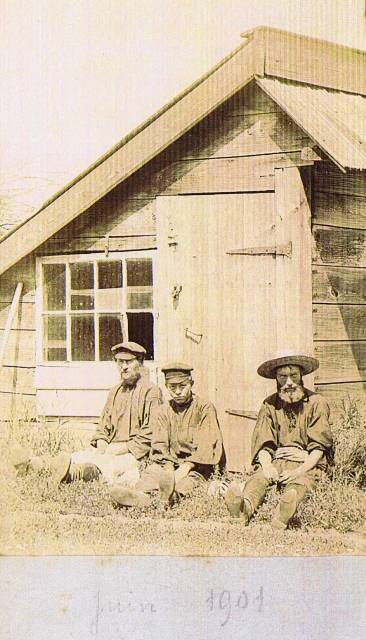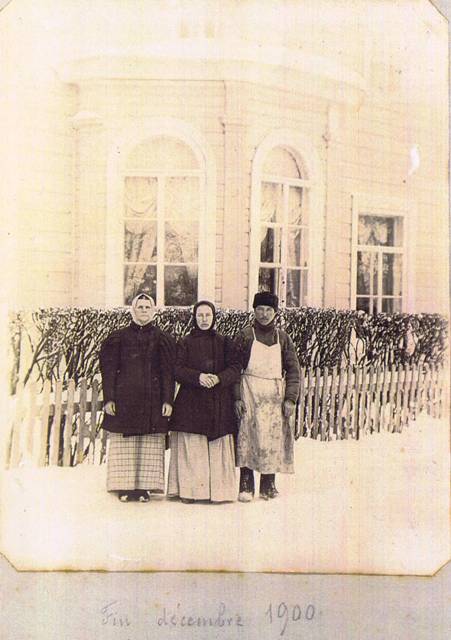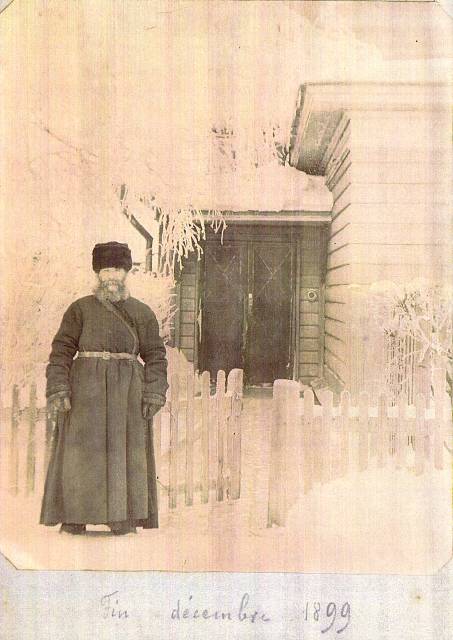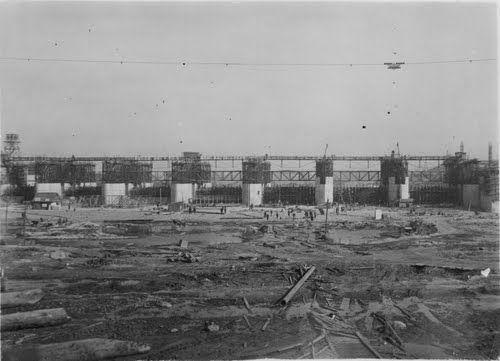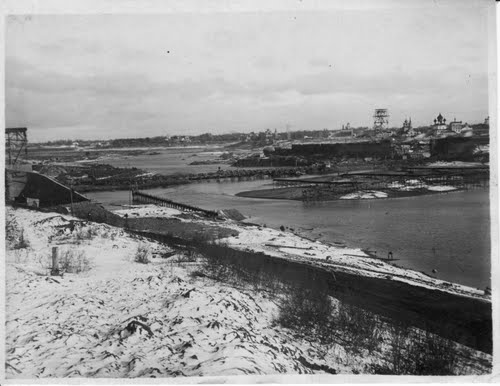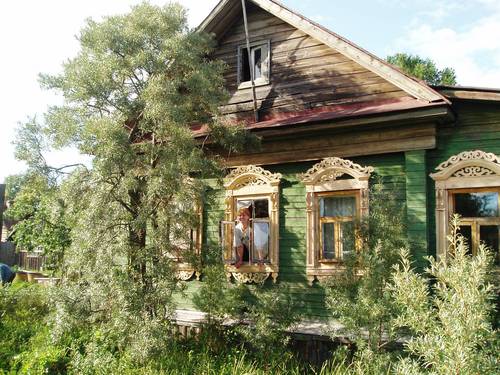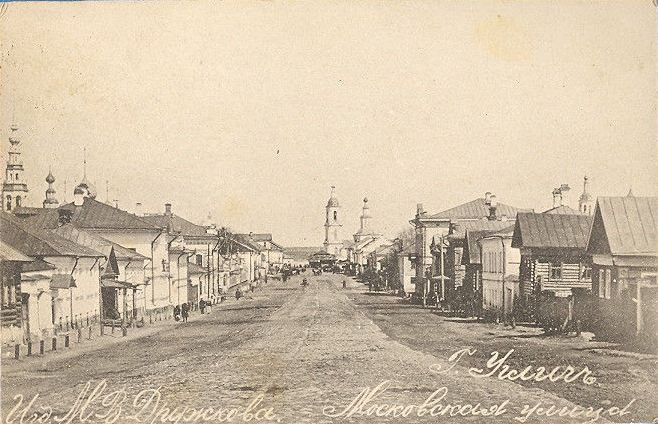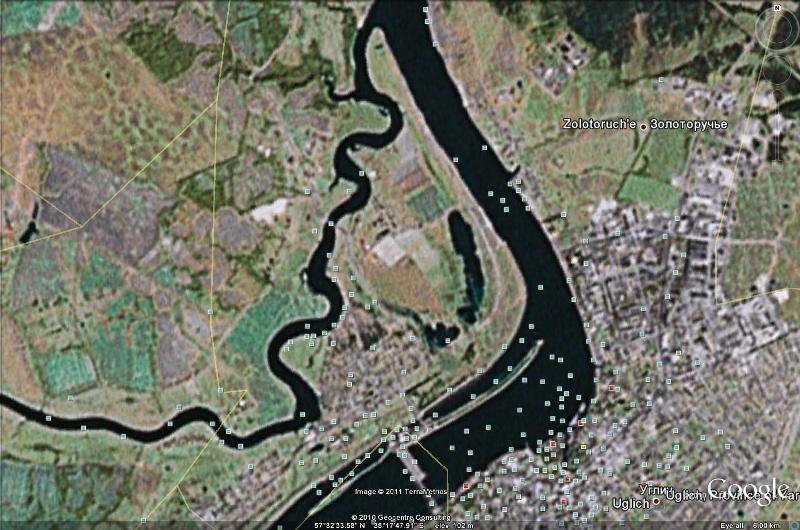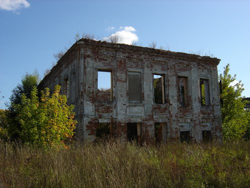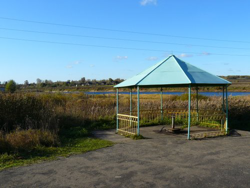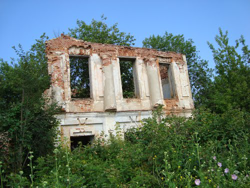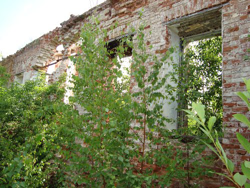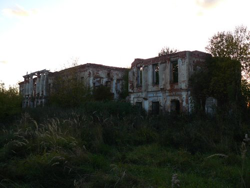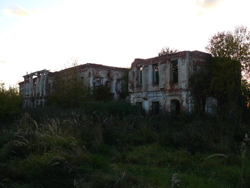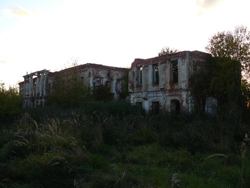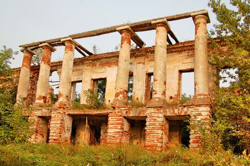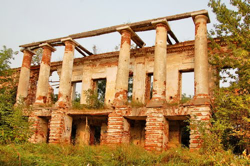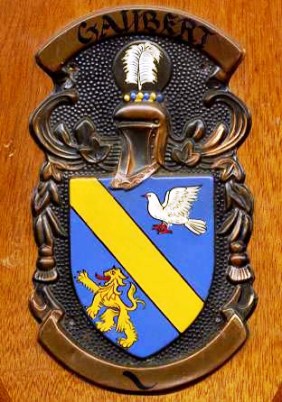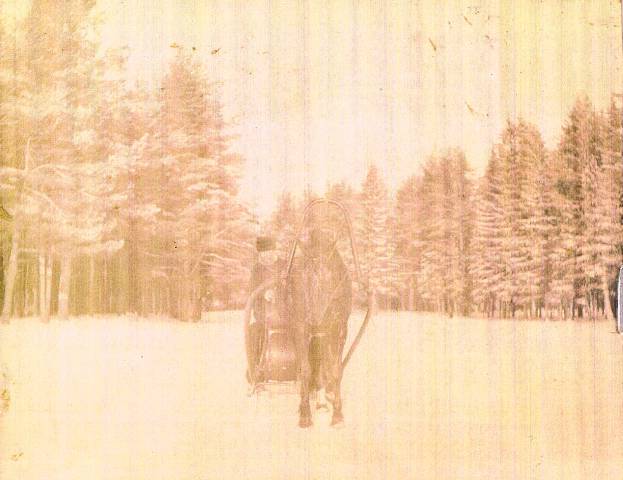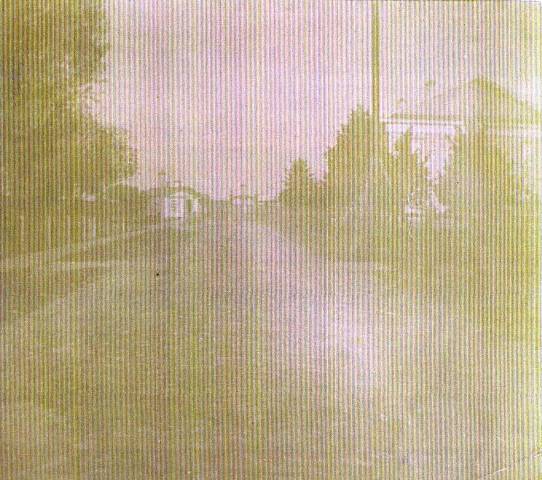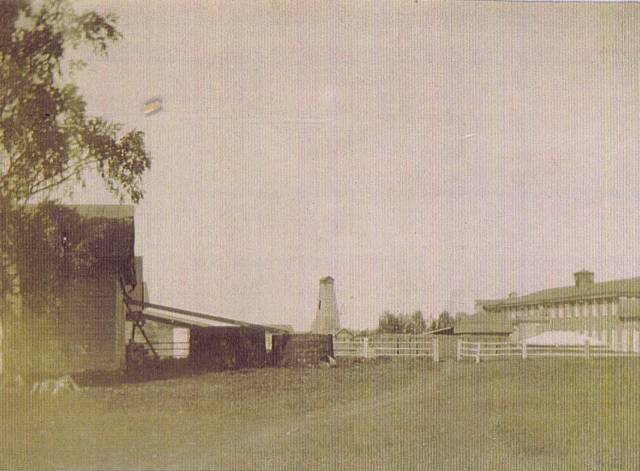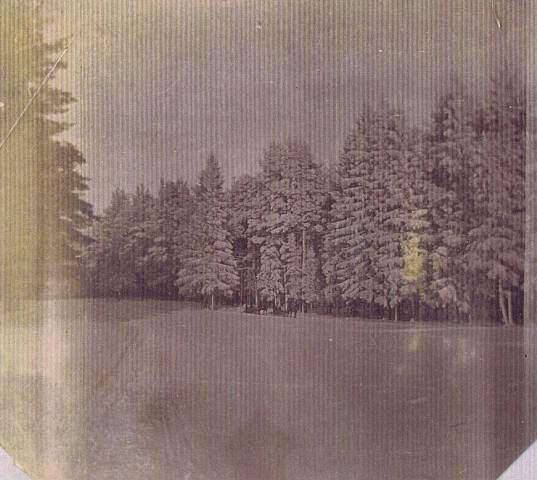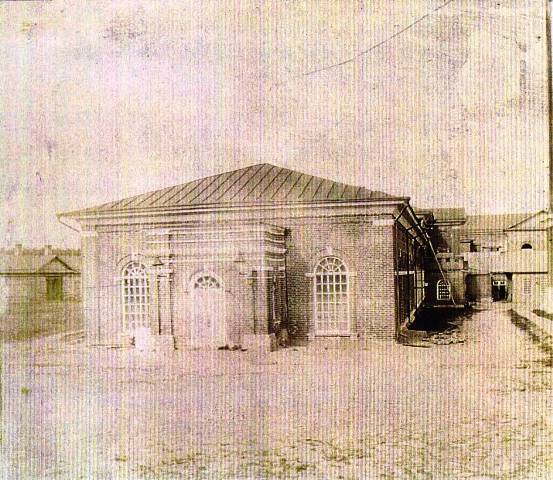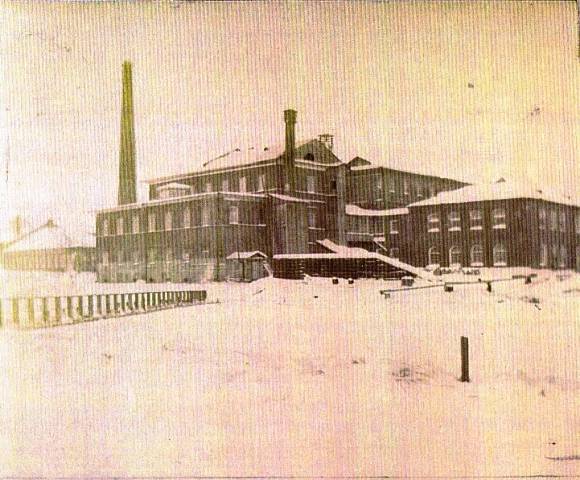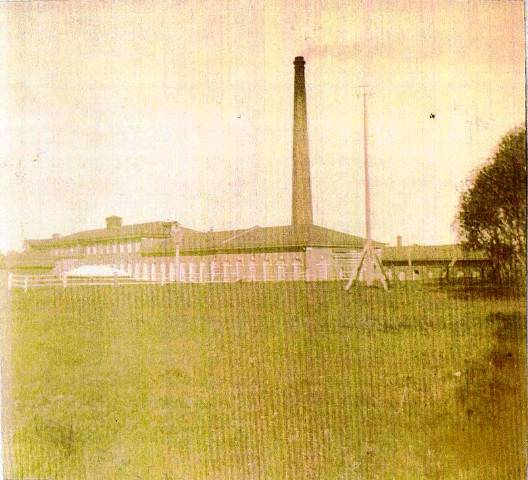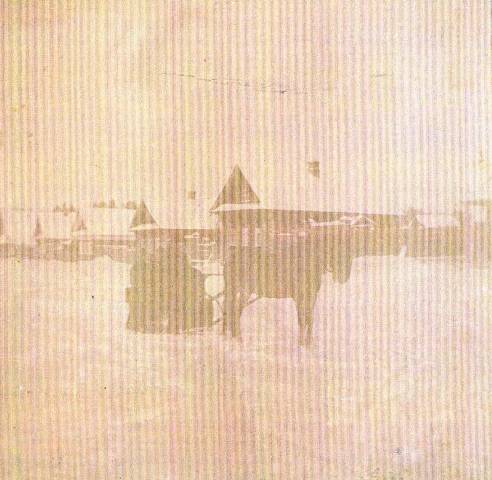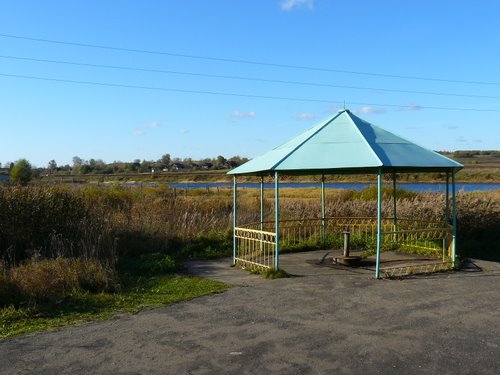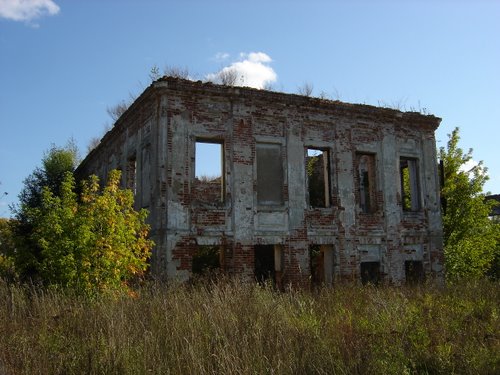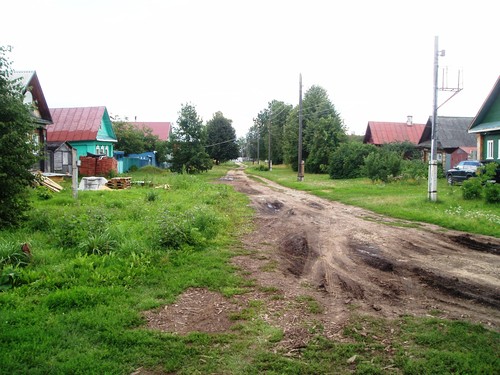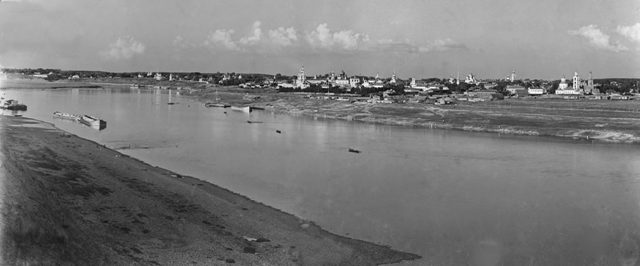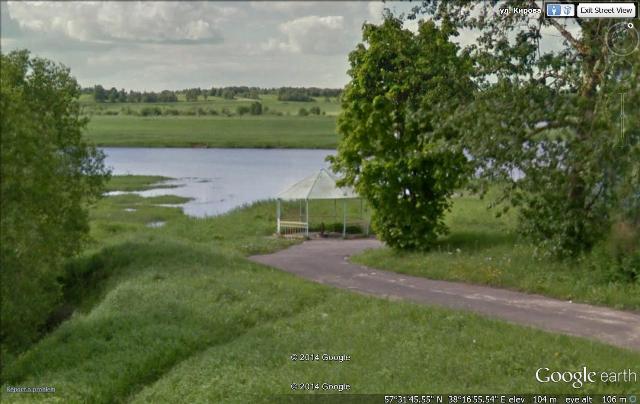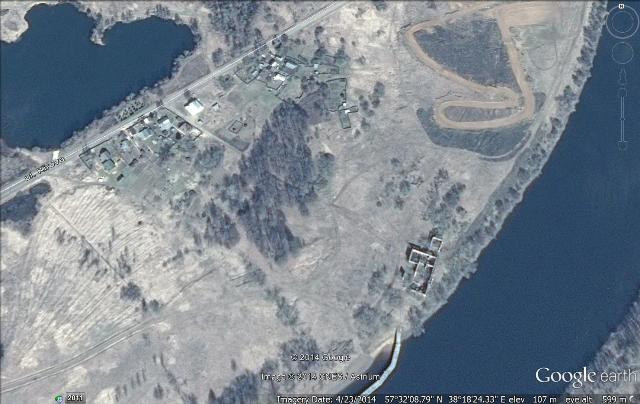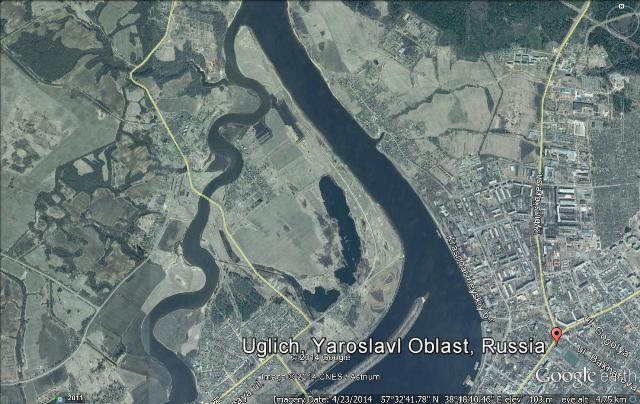| V.A.sipova (Tomsk State University Library, Russia) The characteristic features of the local paper repertoire and their significance for studying of a document
The results of watermarks` analysis are usually used for establishing the time of a documents` creation. The subject of the present report is establishing the possible place of documents` creation through the study of its watermarks.
Paper mills distributed their production in different regions. Therefore, various kinds of paper are widespread in a particular territory during a certain time. We can designate the total combination of all paper variety in a certain territory during a certain time as a paper repertoire. The paper repertoire varies in on different territories, which are limited either geographically or administratively. There were many factors which have influenced it, for instance:
- the existence and the level of development of the paper production in the territory and at its neighborhood;
- the trade and custom policy;
- the cultural peculiarities, etc.
Let's consider the process of “the everyday life” of a separate paper sheet. At first, it was produced at some paper mill. Than it was circulated. There were two main ways of this could happen. Some merchant could to buy it for subsequent sale and in this case the path of our sheet depends on the personal abilities of the merchant (the geography of his trade contacts, the speed of the sale and so on).
At the same time, the paper mill could for example provide the local government immediately, except for the commercial network. For instance, the paper mill of Vasilii Kornil`ev (Tobolsk) has had a contract with local government since 1788. Kornil`ev supplied the paper not only to Tobol`sk, but to the local governments of the other towns of Tobol`sk` province (Surgut, Narim, Eniseisk, Kainsk, Turinsk and others).
In this case the local authority concluded an agreement with the paper mill placed in the same territory; at least, it looks like this is more probable. So, we see the circulation of paper within some administratively limited territory. It doesn`t mean that we can`t find the production of this paper mill at a distance from the territory, but the appearance of the documents of local authority using this paper is probable to a considerable extent.
At last, the paper is delivered to a final point (for example, some town), where the consume buys it. There were different agents of various trade organizations, who realized paper at the same town. At the same time, one agent could have business with various paper mills. This situation could vary over time: for example, some paper mill could disappear or some paper mill could be newly organized. Trade connections were changed, as well as the situation at the market (for example, as a result of market competition). All these factors limited the paper repertoire at a specific geographical point during a particular time interval. Actually, it`s impossible to appreciate that all paper from all of the paper mills was in circulation at the same place at the same time.
Thus, we can reconstruct the paper repertoire of some geographical point during a definite time interval, if we have at our disposal a sufficient number of documents with the exact date. It is possible to create a map of distinctions in the paper repertoire for some territory. So, we`ll receive very interesting information not only for establishing the time of documents, but the place of the document’s creation as well. Of course, we can judge about the place of document’s creation only with a degree of probability. Certainly we can find some paper which is exotic for a geographical point under consideration. We face the same problem, when evaluating the date of the document using the watermarks – and here we must speak about the probability approach, too.
We can draw conclusions about the place of documents` creation only if we have a sufficiently wide “spectrum” of different kinds of paper, typical for the place under discussion. So, it is necessary to pay attention not only to the availability of the definite type of paper of the document, but to the combination of the different kinds of paper, typical for this place.
Let`s apply the above-mentioned conclusions to the analysis of the Siberian paper documents from the XVII-XVIII centuries. Documents from the follows repositories were under study: Rare books and manuscripts Department of the Tomsk State University Scientific Library (ORKP NB TGU), State Archive of the Tomsk Region (GATO) Rare books and manuscripts Department of the State Public Scientific-technical Library of the Siberian Brunch of the Russian Academy of Science (ORK GPNTB SO RAN, Novosibirsk), Department of Archeography, Institute of History, Siberian Brunch of the Russian Academy of Science (II SO RAN, Novosibirsk), Tobol`sk State Historical-architecture Museum (TGIAMZ, Tobol`sk). More than 600 documents and about 60 000 sheets were considered.
The alphabetical list of geographical points, where different types of paper were used, was created in the process of the study; it includes 112 geographical points. The types of paper within each geographical point were arranged in chronological order. In many cases we have only one or two pieces of evidences that any kind of paper was used in a geographical point under study. For a large city the wide “spectrum” of paper used during the time interval of 10 or more years was received. The most representative materials were received from Tomsk and Tobol`sk. For example, in Tomsk we have exactly dated documents from 1633 to 1799 (166 years) and 109 types of watermarks were registered. For Tobol`sk – since 1676 to 1799 (120 years), 78 types. The results of analysis of the paper of Tomsk` documents of XVII-XVIII centuries are presented here.
The earliest Tomsk` documents are dated from the 30th of XVII century; the paper with different kinds of the watermark “the pot” was used. The watermark “foolscap” appeared since 70th of the XVII century and the “court of arms of Amsterdam” – since 80th of the XVII century. One can find the individual sheets with “the horn” and “the Strasburg lily” in documents of the end of XVII – beginning of XVIII century.
The 30th of the XVIII century was a time of competition between Russian and foreign paper in Siberian (and, in particular, in Tomsk`) documents. The paper mills of T. F. Karamishev, later – A. Goncharov (Polotnyanii Zavod, Kaluga province) and F. Turuntaevskii (Shelomovo mill, Vologda province) were the first Russian paper mills, production of which were found in Tomsk` documents (correspondingly, the documents of 1734 and 1739).
The paper with the watermarks of the Large Yaroslavl` paper mill (the bear with the axe, the court of arms of the Yaroslavl` region) appeared at Tomsk` documents in the 40th of the XVIII century. The papers from Polotnyanii Zavod and from the Vologda mill of F.Turuntaevskii were used in Tomsk at the same time. The paper with the watermark “the court of arms of Amsterdam” was represented by individual sheets.
Foreign paper gave up its place to Russian paper in the middle of the XVIII century. One can find individual sheets of paper with the watermark “the court of arms of Amsterdam” at the beginning of the 50th, but at the end of the 50th this kind of paper disappears from circulation. The papers with the watermarks of F.Turuntaevskii, A.Goncharov and the Large Yaroslavl` paper mill continue to be used in Tomsk` documents. The paper from the mills of A.M.Vorontsov (river Tal` mill, Simbirsk province), V.M.Evreinov (Kopnino mill, Moscow province), M.Pereyaslavtsev (Uglich` mill, Yaroslavl` province) appeared in operation. The earliest appearance of the production of the first Siberian paper mill (Tobol`sk) in Tomsk` documents is dated to the middle of the 50th of XVIII century.
Production from the mills of F.Turuntaevskii, M.Pereyaslavtsev, Large Yaroslavl` paper mill and the Tobol`sk paper mill were in operation during the 60th of XVIII century. The paper from Polotnyanii Zavod and from EV.M.Evreinov`s paper mill disappears from Tomsk` documents at this time. But the paper from S.Zolotarev (Kaluga province), I.P.Masalov (river Shanya mill, Kaluga province), P.I.Repnin (Velikosel`skaya mill, Yaroslavl` province) and from the Vyatka paper mills were found in Tomsk at the same time. The paper from Turinsk` paper mill began to be used actively in Tomsk` documents at 60th of XVIII century as well.
The paper from F.Turuntaevskii, A.M.Vorontsov, M.Pereyaslavtsev, P.I.Repnin and Large Yaroslavl` paper milsl remained in the operation at the 70th of XVIII century. The paper from Vyatka and Turinsk paper mills became especially popular. The paper of S.Zolotarev and I.P.Masalov disappeared, but one can find the paper of F.Kolesov`s (Terminka mill, Vologda province) and F.Postovalov`s (Voronesh province) mills.
The paper from the mills of F.Turuntaevskii, F.Kolesov and Large Yaroslavl` paper mill remained in operation at the 80th of XVIII century, as well as the paper from Tobol`sk and Turinsk. The paper from A.M.Vorontsov, M.Pereyaslavtsev and F.Postovalov disappeared, but one can find the paper with the watermarks of the Krasnosel`skaya state paper mill (Sankt-Petersburg province).
And, at last, at 90th of XVIII century, the paper of F.Turuntaevskii, F.Kolesov and from Krasnosel`skaya state paper mill continued to be used in Tomsk, as well as the paper from Yaroslavl`, Vyatka, Tobol`sk and Turinsk. Some new deliverers appeared at the end of the XVIII century: N.I.Maslov (Simbirsk province), D.D.Meshaninov (Kineshma mill, Kostroma province) and P.B.Sheremet`ev (river Uykhot` mill, Yaroslavl` province).
The chronological graphic of use of different kinds of paper in Tomsk` documents is shown in the diagram 1. It is possible to establish the types of paper, that were used in Tomsk for a long time. The data for the XVII century are fragmentary; we can only see that paper with the watermark “court of arms of Amsterdam” was used in Tomsk since the end of XVII to the middle of XVIII century (for example, the paper of famous master F.Marot).
The paper mill of F.Turuntaevskii (Vologda province) and the Large Yaroslavl` paper mill were two Russian factories, production of which was used in Tomsk for about 70 years (since 30th of XVIII to the end of the century). The owners of both factories changed during this period: the sons of Fedor Turuntaevskii inherited the paper mill from their father; the first owner of Yaroslavl` factory – A.Zatrapeznov - sold it to Yakovlev`s family. The Tobol`sk paper mill also operated in the Tomsk` market for a long time: from the 50th to the end of century. Delivery from Turinsk was also stable, as well as from the paper mill of P.I.Repnin (from the 60th to the end of XVIII). At the same time paper from different Vyatka factories began to be used in Tomsk; it was especially popular here at the end of XVIII. The paper mill of F.Kolesov delivered its production to Tomsk for more than 30 years (since 70th of XVIII century).
But there were paper mills which production appeared in Tomsk` documents only for a short period. For example, the factory in Polotnyanii Zavod – one of the largest in Russia – sold its paper in Tomsk during the 30th-60th of XVIII century. The paper of M.Pereyaslavtsev and A.M.Vorontsov was used in Tomsk only in 50th-70th of XVIII. For one decade the production of S.Zolotarev, I.P.Masalov (60th of XVIII) and F.Postovalov (70th of XVIII) was used. The paper from V.M.Evreinov`s factory and from Krasnosel`skaya state paper mill is represented by individual sheets at 50th and 80th-90th of XVIII correspondingly. The production of the factories of N.I.Maslov, D.D.Meshaninov and P.B.Sheremet`ev appeared in Tomsk only at the end of the century; the last one was especially popular.
Thus, there were paper mills, production of which was used in Tomsk for long periods of time. They formed a kind of “base” of the paper repertoire in geographical regions under study. Probably, each geographical point has its own “base paper repertoire” - i.e. the paper from factories, which delivered their production for a long period.
At the same time, the production of some paper mills was used only for decade or less. The paper of these factories appeared and disappeared in a short time. The “short repertoire” was also specific for each geographic point. Consequently, if we deal with combination of the “base repertoire” and “short repertoire”, specific for a given point, we establish not only the date, but also the place of the document’s creation. It is just this combination of certain types of paper which is decisive in this connection.
Annotations to the diagram 1.
1 - “the pot”;
2 - “the foolscap”;
3 - “ the court of arms of Amsterdam”;
4 - “the horn”;
5 - “the Strasburg lily”;
6 – the paper mill of F. Turuntaevskii (Shelomovo mill, Vologda province);
7 – the paper mill of T. F. Karamishev, later – A. Goncharov (Polotnyanii Zavod, Kaluga province);
8 - Large Yaroslavl` paper mill (Yaroslavl` province);
9 - the paper mill of A.M.Vorontsov (river Tal` mill, Simbirsk province);
10 – the paper mill of V.M.Evreinov (Kopnino mill, Moscow province);
11 – the paper mill of M.Pereyaslavtsev (Uglich` mill, Yaroslavl` province);
12 - the first Siberian paper mill (Tobol`sk, Tobol`sk province);
13 – the paper mills of Vyatka province;
14 – the paper mill of I.P.Masalov (river Shanya mill, Kaluga province);
15 – the paper mill of S.Zolotarev (Kaluga province);
16 – the paper mill of P.I.Repnin (Velikosel`skaya mill, Yaroslavl` province);
17 – the paper mill of F.Kolesov`s (Terminka mill, Vologda province);
18 - Turinsk paper mill (Tobol`skaya province);
19 – the paper mill of F.Postovalov`s (Voronesh province);
20 - Krasnosel`skaya state paper mill (Sankt-Petersburg province);
21 – the paper mill of N.I.Maslov (Simbirsk province);
22 – the paper mill of D.D.Meshaninov (Kineshma mill, Kostroma province);
23 – the paper mill of P.B.Sheremet`ev (river Uykhot` mill, Yaroslavl` province).
|
